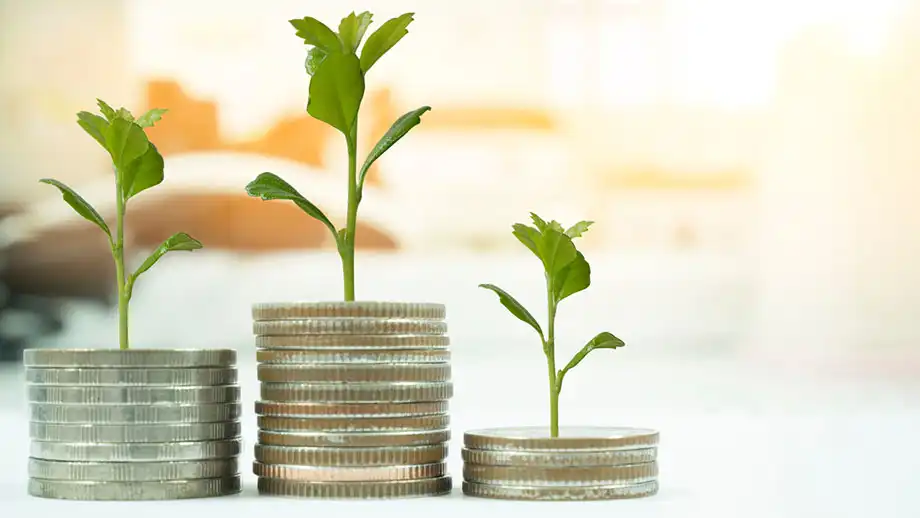Few differences between green and conventional funds

Are funds that market themselves as green actually investing in something different? A new study from researchers at KTH and Stockholm University suggests the answer is more complicated than many investors might hope. After analysing nearly 7,000 European funds, the team found that most “green” portfolios mirror conventional ones – except in one sector.

For many savers today, investing isn’t just a financial activity; it’s also a way to support the kind of world they want to live in. Today, the majority of European retail funds are classified as Article 8 or 9*, meaning millions of savers are putting their money into products they believe are greener.
To understand whether green-labelled funds deliver on that promise, researcher Mark Sanctuary at INDEK, KTH, together with colleagues at the Stockholm Resilience Centre, examined the individual holdings of 6,888 funds across Europe. To compare the funds, the team used a method originally developed in ecology to analyse the similarity of species in different habitats. The findings challenge common assumptions.
“Green funds often look strikingly similar to conventional funds,” says Mark Sanctuary. “When you compare the assets they hold – and in what proportions – the differences are surprisingly small, despite the extensive EU regulation aimed at ensuring transparency.”
Different scores to the same company
Part of the problem, he explains, is the inconsistency in how companies are evaluated. Different rating agencies often give different scores to the same company. For example, there’s often a confusion about what’s being measured – is it the company’s actual impact on society or the planet or is it just measuring how exposed the company is to a financial risk from environmental issues?
The study shows that the most common strategy for constructing a green fund is to take a broad, conventional portfolio and remove certain companies, typically those linked to fossil fuels, tobacco, or weapons. This so-called negative screening may reduce controversy, but it doesn’t automatically redirect money toward truly sustainable or forward-looking businesses.”
The result is that many green funds offer limited diversification compared with standard funds: in practice, investors are often buying a trimmed version of the same market.
There is, however, one place where green funds do diverge from conventional ones: energy. Here, the researchers identified a consistent and meaningful difference between the fund categories.
“The energy sector is an exception because the data is better,” Sanctuary explains. “Carbon emissions are tracked more accurately, making it easier for managers to select climate-aligned companies. At the same time, clean energy technologies have become financially competitive, and EU climate policies have strengthened their position. Together, these factors make it easier for green funds to stand apart in this sector.”
If labels are not enough, what should an investor check?
“It is really difficult to compare investment funds, especially in terms of the assets they hold in their portfolios because at any given time funds can hold hundreds of different assets. We hope that the novell method that we use in our research can help overcome this difficulty. Our hope is that improving the market’s transparency can help investors distinguish genuine efforts to invest responsibly.
Text: Anna Gullers
